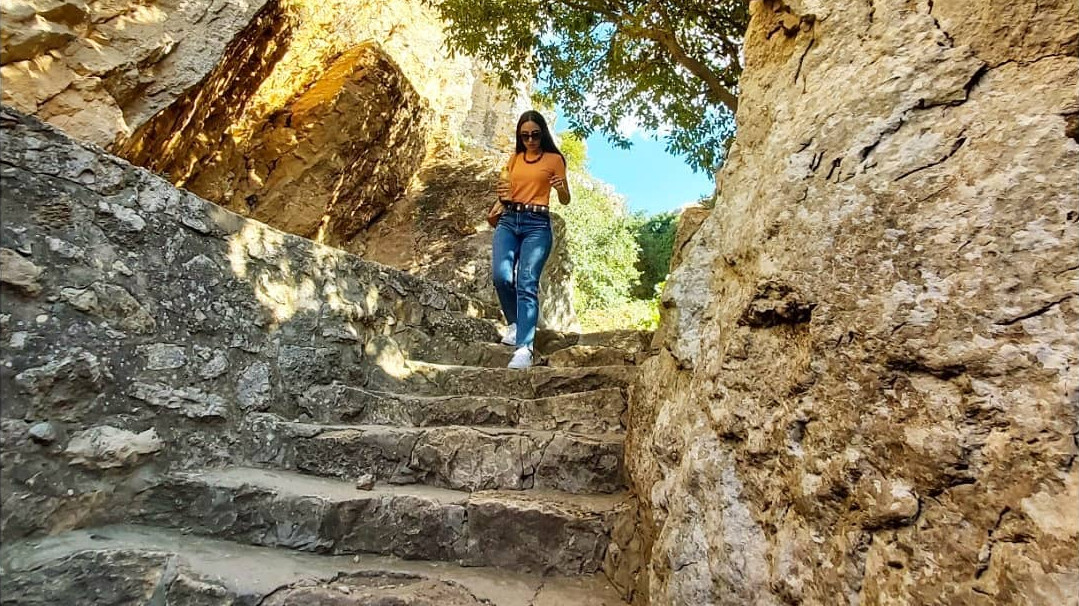Society
10.28.2022
A glimpse at the hanging gardens of Djebba, Tunisia

Between the richness of the soil and the humid climate, the town of Djebba and its surroundings benefit from a microclimate that is beneficial to agriculture. It is at an altitude of 700 metres that the hanging gardens are revealed, revealing orchards cultivated with respect for the fauna and flora. The main activity? The cultivation of fig trees. But these gardens also abound in vegetables, legumes and other fruit species. And if Djebba was the Garden of Eden?
In the north-east of Tunisia, near the village of Djebba, a fertile and green land stretches below the slopes of Djebel Gorra. It is called “the hanging gardens”. Although this natural site is unknown to the general public, it is a reference in the agricultural world. Since 2020, Djebba has been part of the “Ingenious Systems of World Agricultural Heritage (ISWH)”. This designation is managed by the UN Food and Agriculture Organisation.
The farmers of the region have not sought to distort the landscape, but rather to integrate themselves into it with great respect for the environment. How did they do this? By using natural terraces or terraces built in stone. Special mention should also be made of the irrigation system, fed by springs from the top of the mountain which flow into canals and cross the various farms. Conscientious, the farmers share the water by opening and closing the water at specific times. This sharing takes into account the size of each garden and the number of trees in it.
The Bouhouli AOC fig, the natural jewel of Djebba
Voir cette publication sur Instagram
In this green setting, a fruit tree grows in abundance: the fig tree. A true cultural heritage, the production of figs represents the main source of income for the villagers of Djebba. The most widespread variety? That of Bouhouli. A variety specific to Tunisia, and more particularly to Djebba, which is protected by the Appellation d’Origine Contrôlée (AOC). Fleshy and sweet, this fig is distinguished by its violet colour enhanced by green stripes. It is harvested twice a year, between June and July, then from August to September.
If the Bouhouli variety represents 85% of the total production of Djebba, you should know that the orchards of the region welcome nearly 15 varieties of fig trees.
popular

